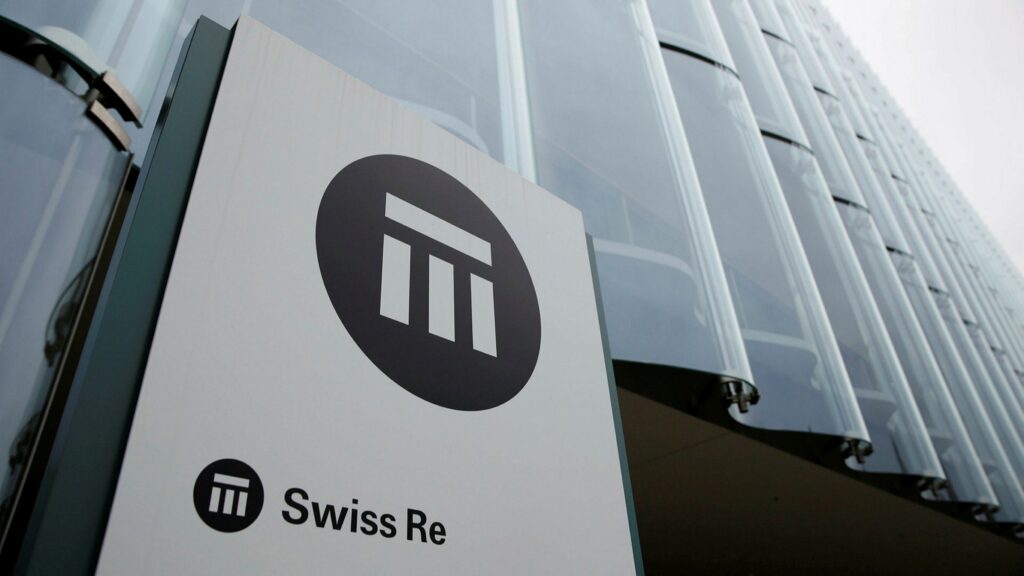According to reports, of the insured losses, $125 billion resulted from natural disasters, while $7 billion came from man-made catastrophes. The economic loss total reflects $275 billion from natural disasters and just $9 billion from man-made events.
Martin Bertogg, Head of Catastrophe Perils at Swiss Re., described the losses caused by sustained economic challenges, as ‘exceptional’. He said: “The magnitude of losses in 2022 is not a story of exceptional natural hazards, but rather a picture of growing property exposure, accentuated by exceptional inflation.”
“While inflation may subside, increasing value concentration in areas vulnerable to natural catastrophes remains a key driver for increasing losses. For our industry this is a call both to reflect the latest exposure even more carefully in risk assessments while continuing to support society in being better prepared.”
Weather related losses for insurers steadily increasing
Despite Hurricane Ian in Florida, record-breaking hailstorms in France, floods in Australia and South Africa, winter storms in Europe and the US, as well as droughts in Europe, China, and the Americas, insured losses were similar to the 2021 figure of $130 billion, while economic losses were lower than the previous year’s $303 billion. However, Swiss Re notes that the trend of a 5-7% annual increase in insured losses over the past three decades continues, with the insured and economic total remaining well above the 10-year averages of $91 billion and $220 billion, respectively.
Swiss Re identifies economic growth and the accumulation of property assets in vulnerable areas as the primary drivers of high loss figures, exacerbated by exceptional inflation pressure. The demand for coverage has risen in response to the frequency and severity of catastrophe events, while inflation rates averaged 7% in advanced economies and 9% in emerging economies last year.
Economic problems show no signs of slowing down
This has increased the nominal value of insurable assets, such as buildings and vehicles, leading to higher insurance claims for natural catastrophes’ damage. Swiss Re’s Group Chief Economist, Jérôme Jean Haegeli, warns that the economic storm is not over and that interest rates may need to rise further, resulting in higher financing costs and a more cautious approach to deploying capital. This, along with other factors, is likely to lead to rising insurance prices, higher retentions, and tighter terms and conditions.
He said, “The economic storm is not over, and interest rates will likely have to increase further given existing inflation pressure. This means higher financing costs and, as a result, capacity providers are likely to remain more cautious in deploying capital for a number of reasons, including risk assessment and loss experience.”
“In our view, as higher exposures encounter shrinking risk appetite, momentum for rising prices, higher retentions and tighter terms and conditions will likely continue,” he added.
Hurricane Ian’s impact in Florida resulted in estimated insured losses of $50-65 billion, making it the second-costliest natural catastrophe event on record after Hurricane Katrina. Furthermore, other parts of the world experienced record-breaking weather, with storms in northwestern Europe causing losses almost double the 10-year average, hailstorms driving the highest ever annual loss in France, and Australia experiencing its biggest-ever catastrophe claims event from flooding.Regenerate response








